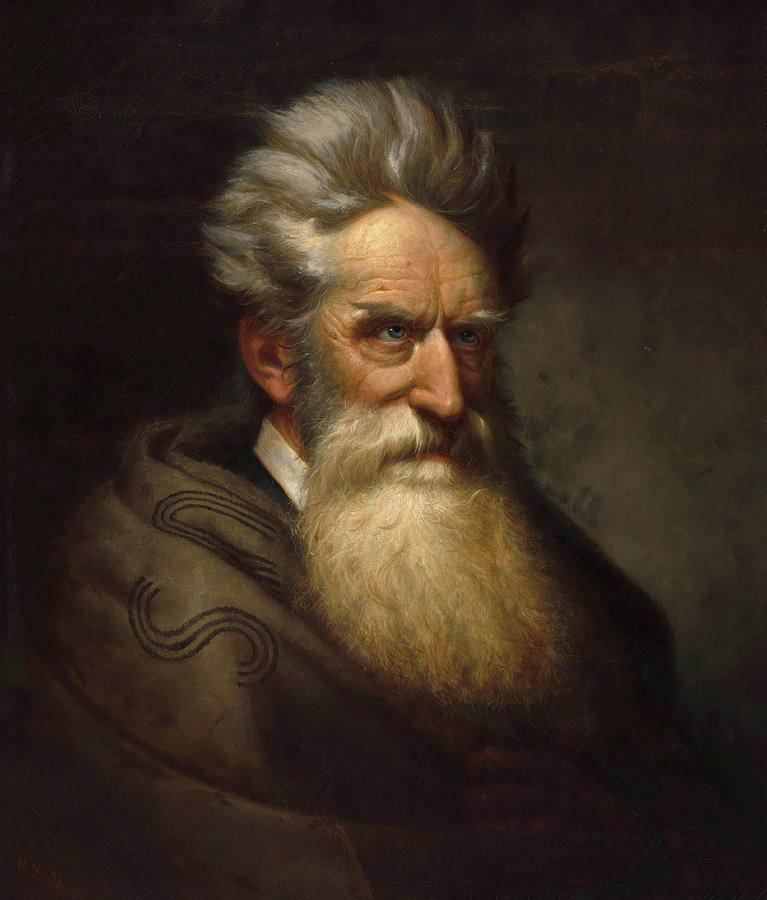ERA 4: Expansion and Reform (1801-1861)
The Father of American Terrorism, by Ken Chowder
Guiding Questions
Is civil disobedience the most effective means of achieving racial equality?
Were the abolitionists responsible reformers or irresponsible agitators?

John Brown, the Abolitionist
Teacher-to-Teacher
Students need to understand a few historical events/issues before analyzing the article and compelling questions. They need to be aware of the Kansas-Nebraska Act of 1854, the country’s atmosphere regarding the slavery issue (including slave-owners’ motives versus abolitionists viewpoints), and the general state of affairs of the country just before the Civil War. It would also be helpful to be familiar with the politics and viewpoints of Walt Whitman, Henry David Thoreau, Ralph Waldo Emerson, and Herman Melville. Each of these famous authors referenced John Brown in their literature.
Literature connection: Cloudsplitter by Russell Banks, Uncle Tom’s Cabin by Harriet Beecher Stowe, The Portent (poem) by Herman Melville, Year of Meteors (poem) by Walt Whitman
- The Father of American Terrorism Embodied His Era (February/March 2000 | Volume: 51, Issue: 1) articles_ah
- John Brown. Meeting the slave-mother and her child on the steps of Charlestown jail on his way to execution historical_images
- John Brown exhibiting his hangman historical_images
- Pamphlet, John Brown’s "Provisional Constitution and Ordinances for the People of the United States" historical_documents
- Robert E. Lee’s Demand for the Surrender of John Brown and His Party historical_documents
- A Plea for Captain John Brown- Excerpts historical_documents

